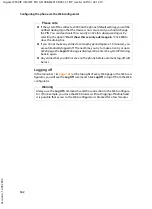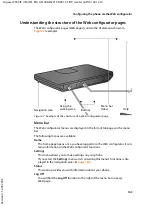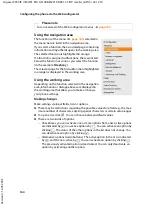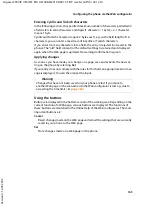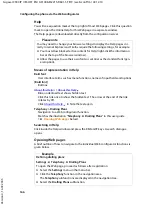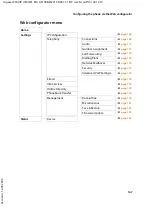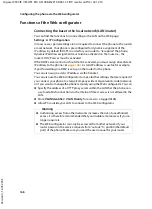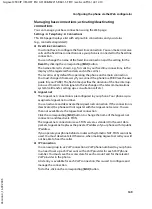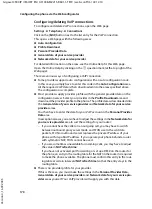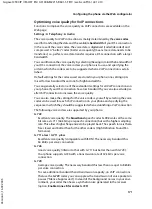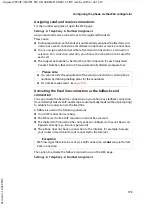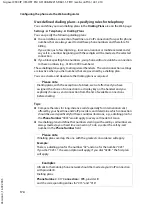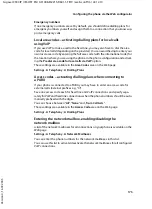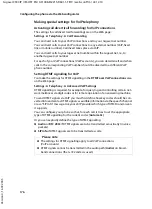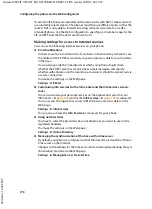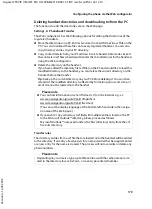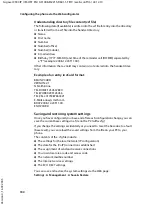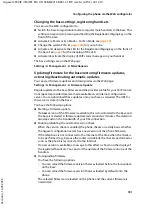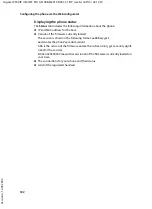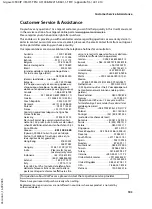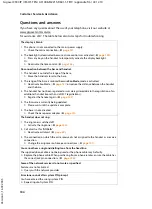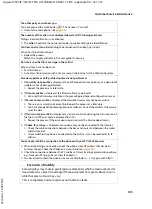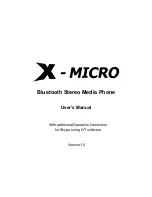
176
Configuring the phone via the Web configurator
Gigaset C590 IP / IM-OST EN / A31008-M2215-R601-1-TE19 / web-conf.fm / 22.12.10
V
e
rsion 4, 16.0
9
.2005
Making special settings for VoIP telephony
Activating call divert (call forwarding) for VoIP connections
The settings for call divert (call forwarding) are on the Web page:
Settings
¢
Telephony
¢
Call Forwarding
You can divert calls to your VoIP connections and to your Gigaset.net number.
You can divert calls to your VoIP connections to any external number (VoIP, fixed
line or mobile number). Call divert takes place via VoIP.
You can divert calls to your Gigaset.net number within the Gigaset.net, i.e., to
another Gigaset.net number.
For each of your VoIP connections (VoIP accounts), you can determine if and when
calls to the corresponding VoIP number should be diverted to a different VoIP
phone number.
Setting DTMF signalling for VoIP
You make the settings for DTMF signalling in the
DTMF over VoIP connections
area
on the Web page:
Settings
¢
Telephony
¢
Advanced VoIP Settings
DTMF signalling is required, for example, for querying and controlling certain net-
work mailboxes via digit codes or for remote operation of an answering machine.
To send DTMF signals via VoIP you must first define how key codes should be con-
verted into and sent as DTMF signals: as audible information via the speech channel
or as a "SIP Info" message. Ask your VoIP provider which type of DTMF transmission
it supports.
You can configure your phone so that, for each call, it tries to set the appropriate
type of DTMF signalling for the current codec (
Automatic)
.
Or you can explicitly define the type of DTMF signalling:
u
Audio
or
RFC 2833
if DTMF signals are to be transmitted acoustically (in voice
packets).
u
SIP Info
if DTMF signals are to be transmitted as code.
Please note
u
The settings for DTMF signalling apply to all VoIP connections
(VoIP accounts).
u
DTMF signals cannot be transmitted in the audio path (
Audio
) on broad-
band connections (the G.722 codec is used).

